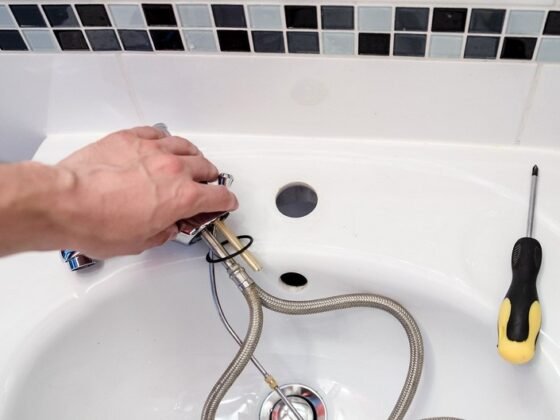Table of Contents Show
Do you want to make the space in your basement livable? Even if your ultimate goal isn’t to transform the space into another room, there’s a good chance you want to take the necessary steps to keep moisture out- right?
If so, one of the best things you can do is invest time, money, and effort into basement waterproofing. For those DIY homeowners, there are a few things to know about this process, including some of the most common mistakes that are made.
After all, when you know what these mistakes are, you can avoid them when working on waterproofing your own space.

How to Waterproof Your Basement in Just 6 Steps
Read Also:
Handling Water Runoff
It’s important to understand that basement waterproofing goes far beyond just your basement. If you have noticed water in the basement, then you need to turn your attention to outside your home. The water could be a result of mismanaged runoff.
Be sure that you check to make sure your home is equipped with the right gutters and downspouts. If you aren’t sure what to look for, contact the experts at Helitech Online. It’s important that the water is being directed a minimum of eight feet from your home’s foundation.
This is the only way you can keep it from seeping into your foundation and ultimately the basement.
Not Sloping the Soil
The soil present right outside of your foundation isn’t as dense as the soil around your property. With that in mind, the initial six inches of soil is going to be spongy and they will soak up more water than the soil underneath.
If you want to prevent this from occurring, you need to fill in depressions in the soil, so they slope away from your home. This will keep the soil right next to your home’s foundation from remaining moist.
The Settling Service Walks
Do you have an older home? If so, you may have a service walk that wraps around the sides of your home. As time passes, the walks are going to begin to settle a bit deeper into the soil, which can block the water runoff from being able to drain properly.
If this happens, the water may be trapped next to your home’s foundation. It’s a good idea to have these service walks repaired or removed to ensure proper drainage.
Painting Mistakes
There are some homeowners who believe they can save both money and time using quick fixes. The majority of thee solutions are usually temporary and cause more damage they help.
Using waterproofing paint can result in lime in the concrete to create a white, effervescence bubble in between the paint and the wall. This is eventually going to break off and result in an even bigger problem.
Cold Joints
If there is a leak in your basement, it is only logical to want to plug up space where the water is entering. But if you seal the same where the walls and floor meet, you are resulting in more pressure building up in the walls. This is going to cause the water to come in through another location.
Getting Basement Waterproofing Right
If you want to ensure your basement remains dry, and that you avoid all mistakes when waterproofing the space, keep the information here in mind. You can also reach out and get help from the pros, which will ensure everything is done properly.









